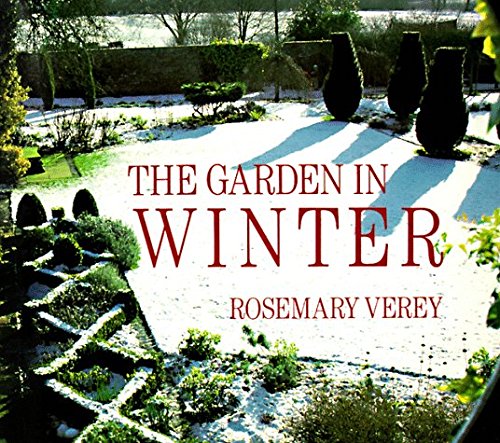Being a gardener, I feel the garden in winter is just as an essential source of beauty and usefulness as the garden in spring, summer, and fall. In her book, The Garden in Winter, Rosemary Verey issues a plea: “A garden in winter is the absolute test of a true gardener.” Flowers throughout the seasons produce the fruit (berries) that become the mainstay of decorating my home for the holiday season. It would be impossible for anyone to grow the myriad plants that provide us with such an array of fruit, not only in shape and size but also in a color spectrum that includes reds, greens, gold, greys, and even magenta.
To enlighten you or merely refresh your memory, I have compiled a list of plants that produce useful berries, many of which I grow. What I do not grow, I gather from the roadside or rely upon a local flower shop to supply me.
Winter Berries
Click the arrows (or swipe if on a mobile device) to see more
In my own garden, I have a 40-foot evergreen specimen of ilex opacca, the native American species. The tree is a female, with emphasis on the gender, as it is only the female that produces the fruit or berries. Every winter I gather boughs to place among my candlesticks on my mantles and for the making of wreaths. The greatest gift of this tree is not to me but to the birds for whom it provides a winter long feast, especially robins who stay about the garden all year long, feasting from its bounty. And often in late winter a shadowy blur comes into the sky, like a cloud, composed of thousands of blackbirds. They flock in daily succession until every berry is consumed.
Let me remind you again of the importance of gender with hollies and some other winter-fruiting trees and shrubs. You must provide the female with a male companion to assure copious fruit. A good nursery should be able to supply both, a horticultural match.com as it were.
By Ryan Gainey
The Garden in Winter by Rosemary Verey (Timber Press, 1995)
EMBRACE WINTER




